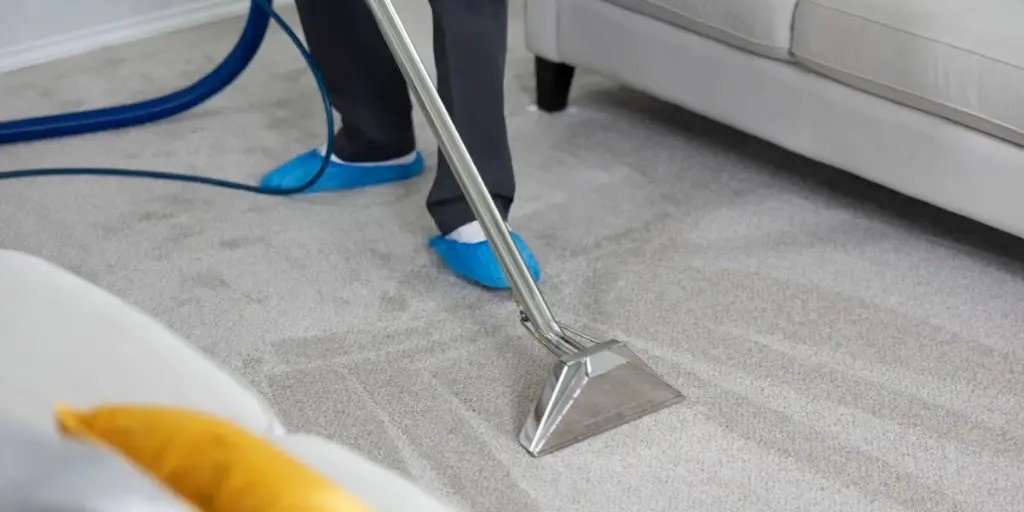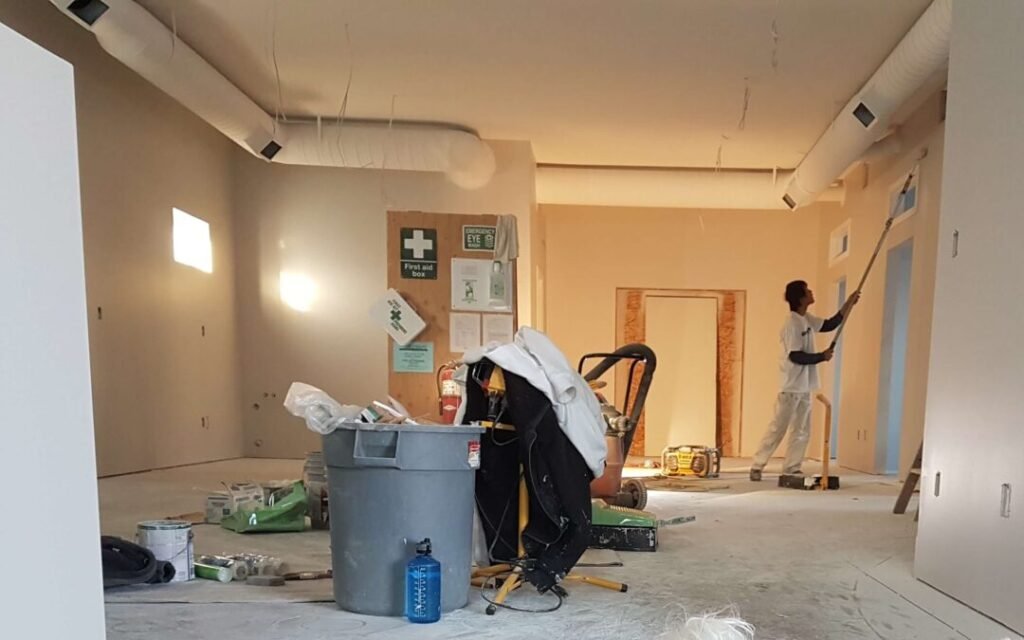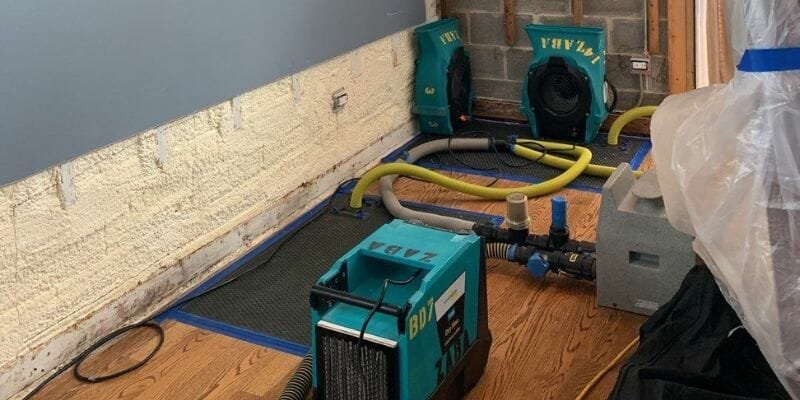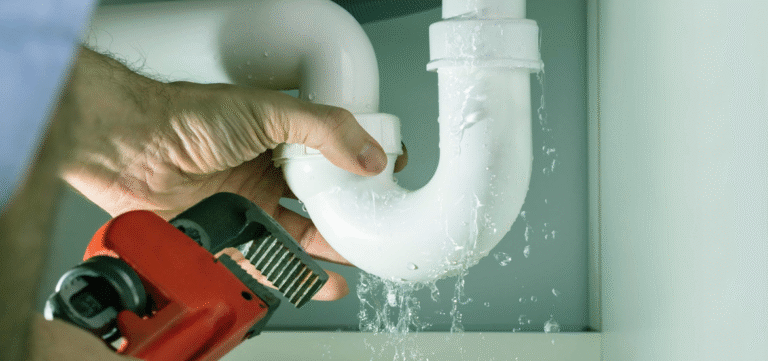Introduction to Water Remediation
Ever had a pipe burst or a flood wreck your basement? If so, you know water can be more destructive than it seems.
When water invades your home, it doesn’t just make things soggy, it can rot wood, warp floors, and spark mold growth that damages your health. That’s where water remediation comes in.
Let’s break it down: what exactly is water remediation, how does it work, and why should you care?
Why You Should Care About Water Damage
Water damage doesn’t wait. The longer it sits, the worse it gets and fast. Mold can begin growing within 24 to 48 hours, and structural damage follows shortly after.
Whether it’s a small leak or a major flood, the effects can be devastating.
What Makes Water Remediation Different

While you may have heard of terms like water restoration or water mitigation, remediation specifically focuses on removing water and preventing further damage. It’s a vital piece of the full cleanup puzzle.
Understanding Water Damage
Before diving into remediation, let’s look at the different types of water damage. Knowing what kind of water you’re dealing with changes everything.
The Three Categories of Water Damage
Category 1: Clean Water
This is water from a clean source, like a broken water supply line or faucet. It’s not dangerous, but it still needs to be handled quickly.
Category 2: Grey Water
Grey water might come from washing machines, dishwashers, or shower drains. It contains some contaminants and can cause discomfort or illness with exposure.
Category 3: Black Water
This is the worst. Think sewage backups, floodwaters, or toilet overflows. It’s highly contaminated and dangerous, definitely a job for professionals.
Common Causes of Water Damage
- Burst or leaking pipes
- Storm or flood damage
- Roof leaks
- Appliance malfunctions
- Sewer backups
What Is Water Remediation
Definition of Water Remediation
Water remediation is the process of removing, cleaning, and drying out water-damaged areas to prevent further harm and ensure the space is safe for living or working again.
Think of it like the emergency response team for your home, jumping in to stop the damage from spreading.
Water Remediation vs. Water Mitigation vs. Water Restoration
These terms are often used interchangeably, but they’re slightly different:
- Water mitigation is the initial damage control, stopping the water source and preventing further spread.
- Water remediation is the cleanup, extracting water and drying things out.
- Water restoration focuses on repairs, rebuilding what was damaged.
How Does Water Remediation Work
So, how do the pros tackle water damage? Here’s what typically happens during water remediation:
Step 1: Emergency Response and Inspection
First things first: the team arrives quickly to assess the situation. Using moisture meters and infrared cameras, they determine how far the water has spread.
Step 2: Water Extraction
Next, they bring in industrial vacuums and pumps to remove standing water fast. The quicker it’s out, the less damage you’ll face.
Step 3: Drying and Dehumidification
Once the water is gone, the drying process begins. Dehumidifiers and air movers are placed strategically to ensure every corner dries out, even behind walls or under floors.
Step 4: Cleaning and Sanitizing
This step is crucial, especially with grey or black water. The team will clean and sanitize all affected surfaces to prevent mold and bacteria from taking hold.
Step 5: Restoration (If Needed)
If there’s structural damage, they’ll repair drywall, replace flooring, or even rebuild whole sections of the home.
Equipment Used in Water Remediation
Professional water remediation teams like Fort Worth Damage Pros use top-tier gear, including:
Industrial Water Extractors
These machines suck up hundreds of gallons of water quickly, far more than any shop vac.
Dehumidifiers and Air Movers
They’re the muscle behind drying. Together, they remove moisture from the air and materials.
Moisture Meters and Infrared Cameras
These tools detect hidden water, helping technicians track and fix even invisible damage.
The Importance of Acting Quickly
How Fast Mold Grows After Water Damage
Mold spores are everywhere, just waiting for moisture. Within 24-48 hours of water exposure, mold can start growing, especially in hidden spots like behind drywall.
Structural Damage Risks
Water weakens materials over time. Wooden studs, drywall, and flooring can warp, crack, and rot if not dried properly.
DIY vs. Professional Water Remediation

When DIY Might Work
Caught a small leak early? You might get away with drying things out yourself using fans, towels, and a dehumidifier. DIY methods are best for minor, clean-water incidents that only affect a small area. Homeowners can safely:
- Mop or blot excess clean water
- Run dehumidifiers and fans for faster drying
- Remove wet rugs or furniture cushions to prevent mildew
- Use a moisture meter to confirm the area is completely dry
When It’s Risky to Go DIY
If the water came from a washing machine overflow, a toilet, or a flood, there’s a risk of bacteria, mold, or electrical hazards. Attempting DIY cleanup in these cases can make things worse. Hidden moisture may also cause long-term structural and health issues.
Why You Should Call the Pros (Like Fort Worth Damage Pros)
If there’s standing water, contaminated water, or damage to floors or walls, it’s time to bring in professionals. Certified experts have the industrial tools, safety gear, and drying systems to make sure no moisture or contaminants are left behind.
Why Choose Fort Worth Damage Pros for Water Remediation
Local Expertise in Fort Worth
We understand the climate, common causes of water damage in Texas, and how to work fast to stop the damage before it spreads.
24/7 Emergency Services
Water disasters don’t wait for business hours, and neither do we. Call us anytime, day or night.
Certified Technicians and Advanced Equipment
Our team is IICRC-certified, trained, and equipped with the latest gear to make water damage disappear fast.
How Much Does Water Remediation Cost
Factors That Affect the Cost
- Severity of the damage
- Type of water involved
- Size of the affected area
- Equipment and labor required
Typical water remediation jobs range from $1,000 to $4,000, but every situation is different.
Does Insurance Cover It
In many cases, yes! If the water damage was sudden and accidental, your homeowners insurance may cover the costs. We’ll even help you work with your insurance provider.
How to Prevent Future Water Damage
An ounce of prevention can save you thousands. Here’s how to keep water problems at bay:
Regular Plumbing Inspections
Old pipes burst. Get them checked regularly by a licensed plumber.
Gutter and Roof Maintenance
Clogged gutters or missing shingles? That’s an open invitation for water to enter your home.
Install Water Alarms and Backup Pumps
Smart sensors can alert you to leaks, and sump pumps can handle unexpected flooding before it causes damage.
Final Thoughts
Water damage can feel overwhelming, but knowing what to do and who to call makes all the difference. Water remediation is a fast, efficient way to get your home back to normal and protect your health and safety.
Whether you’re dealing with a major flood or a minor leak, the team at Fort Worth Damage Pros is here to help you every step of the way. We’ve got the tools, training, and experience to get things back to normal fast.
FAQs
What’s the Difference Between Water Damage Restoration and Remediation
Restoration is about rebuilding after damage, while remediation is focused on removing water and stopping the damage from spreading.
Can I Stay in My Home During Water Remediation
It depends on the extent of the damage. For small areas, yes. For larger jobs, especially with mold or black water, it’s often safer to relocate temporarily.
How Long Does the Water Remediation Process Take
Anywhere from 2 to 7 days, depending on how much water there is and how far it spread.
Is Mold Always a Concern After Water Damage
Yes, especially if drying isn’t done properly. Mold can start growing in less than 48 hours.
What Should I Do Immediately After Discovering Water Damage
Shut off the water source (if possible), turn off electricity in affected areas,


